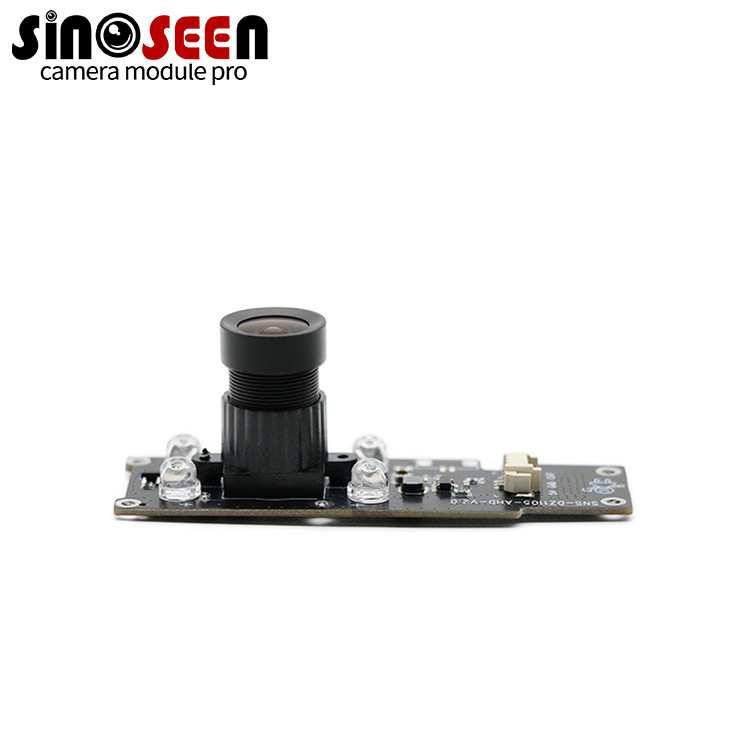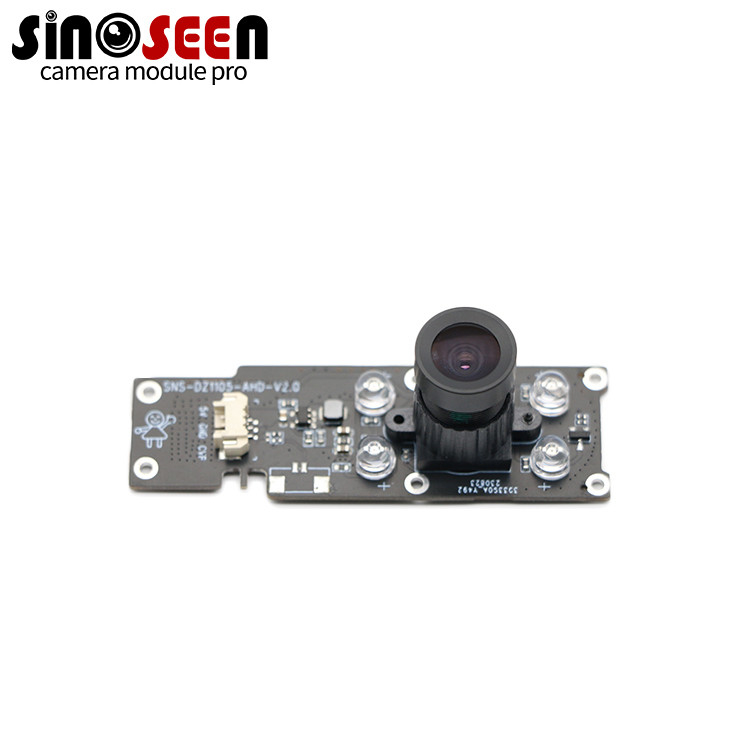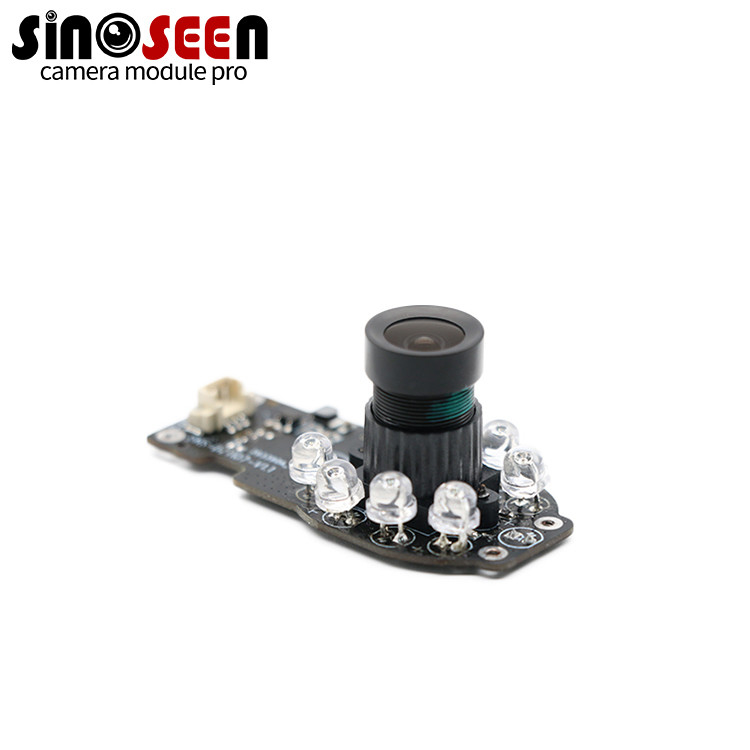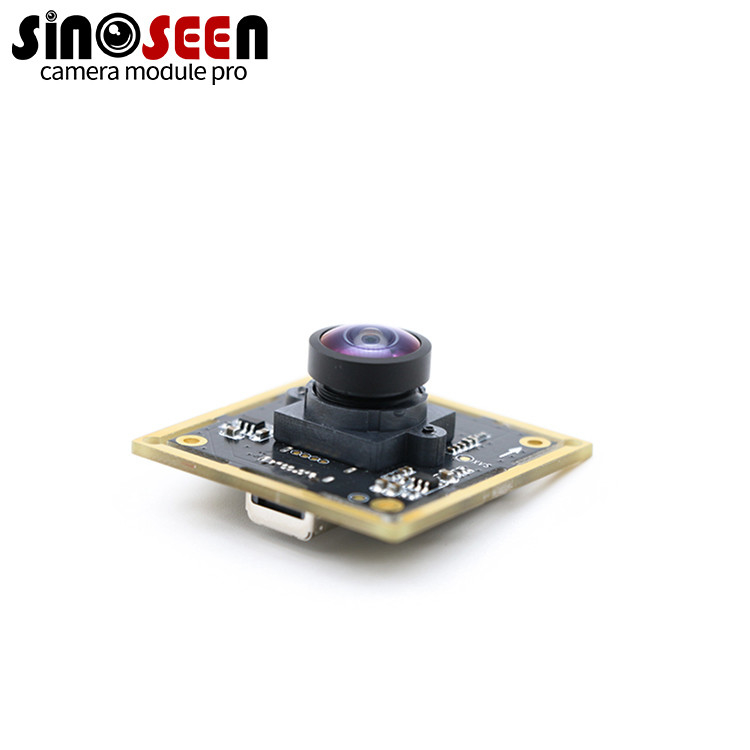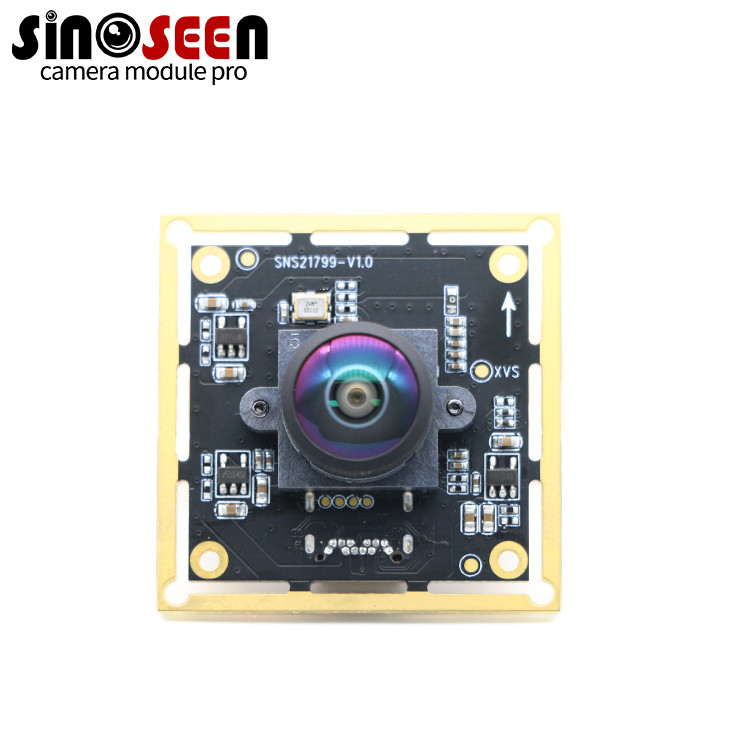Camera Modules Revolutionizing Automotive Safety Systems
Introduction
On the manufacturers’ side, automation and safety issues have gained prominence as a “front” with the rapid development of automotive industry.
And camera modules have revolutionized this. High performance camera modules provide better visibility, advanced driver assistance systems and crash avoidance. Below is an elaboration!
Role of Camera-Based Car Safety Systems
Automotive security systems are devices intended to safeguard the people inside a moving vehicle against and the situations that may cause them injuries on the road.
Such a system consists of several different components: these are airbags, seat belts, ABS (anti-lock braking system), and ESC (Electronic Stability Control).
Camera modules give a direct view to the driver, and other OEM safety systems, which they can utilize as information. With Autonomous Driver Assistance Systems (ADAS) capturing this information,
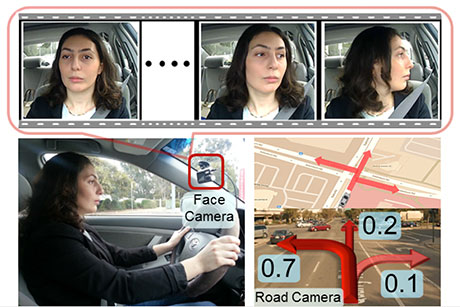
the systems can then analyze this captured material in real time to monitor the vehicle encirclings, which in turn might create warnings and alerts thus keeping the driving in line with the set standards.
Types of Car Camera Modules
The list of various car camera modules can be baffling, with the list of corresponding functions even longer.
Here are a few types of camera modules that are commonly used in automotive security systems:
- Car recording camera module
Car recording camera modules are usually mounted on the front windshield or rearview mirror.
The module captures the road ahead and provides important information to the driver.
- Rear View Camera Module
Rear view camera module will commonly be mounted at the back of a vehicle that can be easily look around what has happened behind the car.
It can help the driver to park or to reverse away from obstacles or people as well as to get away from collisions.
The rear view camera module was in fact made mandatory in the vast majority of countries to strengthen safety while on reverse due to the progress of technology.
- Around View Camera Module
The Around View Camera Module, also known as a panoramic camera, uses several camera modules located in different positions around the vehicle to display what is happening on all the sides,
like from a bird’s eye view. Modules that allow the car to navigate at the tight angles, to park precisely and to detect the obstacles which are not within field of view.
- Lane Departure Warning Camera Module
Pattern-detecting cameras, built-in on driver’s side referred to as lane departure are designed to detect lane markings on the road.
They alert the driver through steering or even visual or audible signals if they are unintentionally departing the lane without signaling.

Through this module, the car is able to detect danger situations ahead and perform braking before accidental lane departures occur.
Key Features and Benefits of Car Camera Modules
Camera modules have many great features and benefits that can significantly enhance the safety of safe automobile driving.
Here are some of the main features and their associated advantages:
- Improved Visibility and Hazard Sensing Capability
Camera modules show drivers rain/snow/heavy traffic ahead. These features enlarge drivers’ horizon, improve visibility, and assist hazard perception.
In the course of the video recording that takes place in real time, the driver may be able to identify the possible threats such as pedestrians, cyclists and other vehicles which will be unseen through the rear and side mirrors respectively.
- Advanced Driver Assistance Systems (ADAS)
The module of camera act as the eye of Advanced Driver Assistance Systems (ADAS) through which it derives the visual information necessary for its effective functioning.
Given that ADAS features are equipped with functions like adaptive cruise control, lane keeping assist, traffic sign recognition and automatic high beam control, everybody can be sure of their safety.
These are the features that the in-vehicle system with advanced driver assistance technologies mainly focuses on; namely helping the driver stay a safe distance from other cars, avoid lane drifting, and heed traffic signals in a timely manner.
- Collision avoidance and automatic emergency braking
Recognition of obstacle avoidance function and automatic emergency braking system will be provided by joint operation of sensors and camera module.
Providing a real-time analysis made by these systems of video feeds, the camera module can detect a potential collision and then inform the driver ahead of time or automatically brake to prevents or reduce the impact.

This module alerts drivers and provides support in crisis situation to mitigate the ramifications of accidents like car crashes further.
- Improved parking and maneuvering
Parking and reversing cameras serve the perfect solution for assisting drivers in parking and maintaining their cars.
Concretely, the ring camera module presents to the driver the backside of the vehicle, thus feining no difficulty to maneuver and cope with the limited space conditions.
Moreover, the Around View Camera Module offer a look at 360 degree corner of our car and hence, it is very useful for appropriate parking and difficult driving situations.
- Integration with in-car entertainment systems
The camera module integrated with the entertainment system can be done through the in-car entertainment system, thus offering a hassle-free control system to the driver.
The image from the camera module can be mounted on the screen of the driver board thus it is possible to review or interpret visual data without not much effort.
The integration however is not just about the new instrument display or driver interface. It is very important, and the driver is assured of safety amenities from the procedure.
Future trends in camera module technology
As technology continues to advance, camera module technology is also expected to evolve, bringing new possibilities for automotive safety systems:
- Higher Resolution: Camera modules with higher resolution will provide clearer and more detailed video images for improved visibility and object recognition.
- Night Vision: Camera modules equipped with night vision technology will provide better visibility in low light conditions, improving the safety of night driving.
- Artificial Intelligence: Integrating artificial intelligence algorithms into the camera module will enable more advanced object detection and recognition, improving the efficiency of ADAS and collision avoidance systems.
- 3D Cameras: The use of 3D cameras in automotive safety systems provides depth perception for more accurate object detection and tracking.
- Integration with V2X Communications: The camera module, combined with Vehicle-to-Everything (V2X) communications technology, will enable vehicles to exchange real-time information with other vehicles and infrastructure, further enhancing road safety.
Privacy and Security Considerations
While camera modules offer many advantages in automotive safety, privacy and security aspects are also critical.
Manufacturers and developers must ensure that camera modules strictly adhere to relevant privacy regulations and implement strong security measures to protect video footage against unauthorized access or misuse.
Clear guidelines and policies should also be in place to address privacy concerns and ensure the personal information and security of drivers.
FAQ:
Q 1: Are in-car camera modules only used for security purposes?
A 1: No. Car camera modules have a variety of uses. While their primary function is to enhance safety systems, they can also be used for parking assistance, capturing memorable moments on the road, and even for entertainment purposes.
Question 2: Can a camera module be retrofitted to an older vehicle?
A 2: Yes, camera modules can be retrofitted to older vehicles to enhance their safety features. However, the installation process may vary depending on the make and model of the vehicle, so it is recommended to consult a professional for proper installation.
Question 3: Does the camera module require regular maintenance?
A 3: The camera module, like any other electronic component, may require regular maintenance to ensure optimal performance. This may include cleaning the lens, checking for any physical damage, and updating the software as necessary.
Question 4: Can the camera module be affected by extreme weather conditions?
A 4: Camera modules are designed to withstand a wide range of weather conditions, including extreme temperatures, rain and snow. However, it is always recommended to follow the manufacturer's guidelines and take the necessary precautions to protect the camera module from any possible damage.
Q 5: Are camera modules standard on all vehicles?
A 5: Camera modules are becoming more and more common in modern vehicles, especially those equipped with advanced safety systems. However, as a standard feature, their availability may vary depending on the make, model and configuration level of the vehicle. It is recommended to check the vehicle specifications or consult the manufacturer or dealer for more information.
Conclusion
Camera modules have revolutionized safety systems in vehicles, offering a range of advanced features that improve driver awareness and prevent accidents. From collision warning and lane departure warning to surround view systems, these features have become an integral part of modern cars. As technology continues to advance, camera-based safety systems will only become more sophisticated and more capable of ensuring the safety of all and providing a more enjoyable driving experience.

 EN
EN
 AR
AR
 DA
DA
 NL
NL
 FI
FI
 FR
FR
 DE
DE
 EL
EL
 HI
HI
 IT
IT
 JA
JA
 KO
KO
 NO
NO
 PL
PL
 PT
PT
 RO
RO
 RU
RU
 ES
ES
 SV
SV
 TL
TL
 IW
IW
 ID
ID
 SR
SR
 VI
VI
 HU
HU
 TH
TH
 TR
TR
 FA
FA
 MS
MS
 IS
IS
 AZ
AZ
 UR
UR
 BN
BN
 HA
HA
 LO
LO
 MR
MR
 MN
MN
 PA
PA
 MY
MY
 SD
SD





